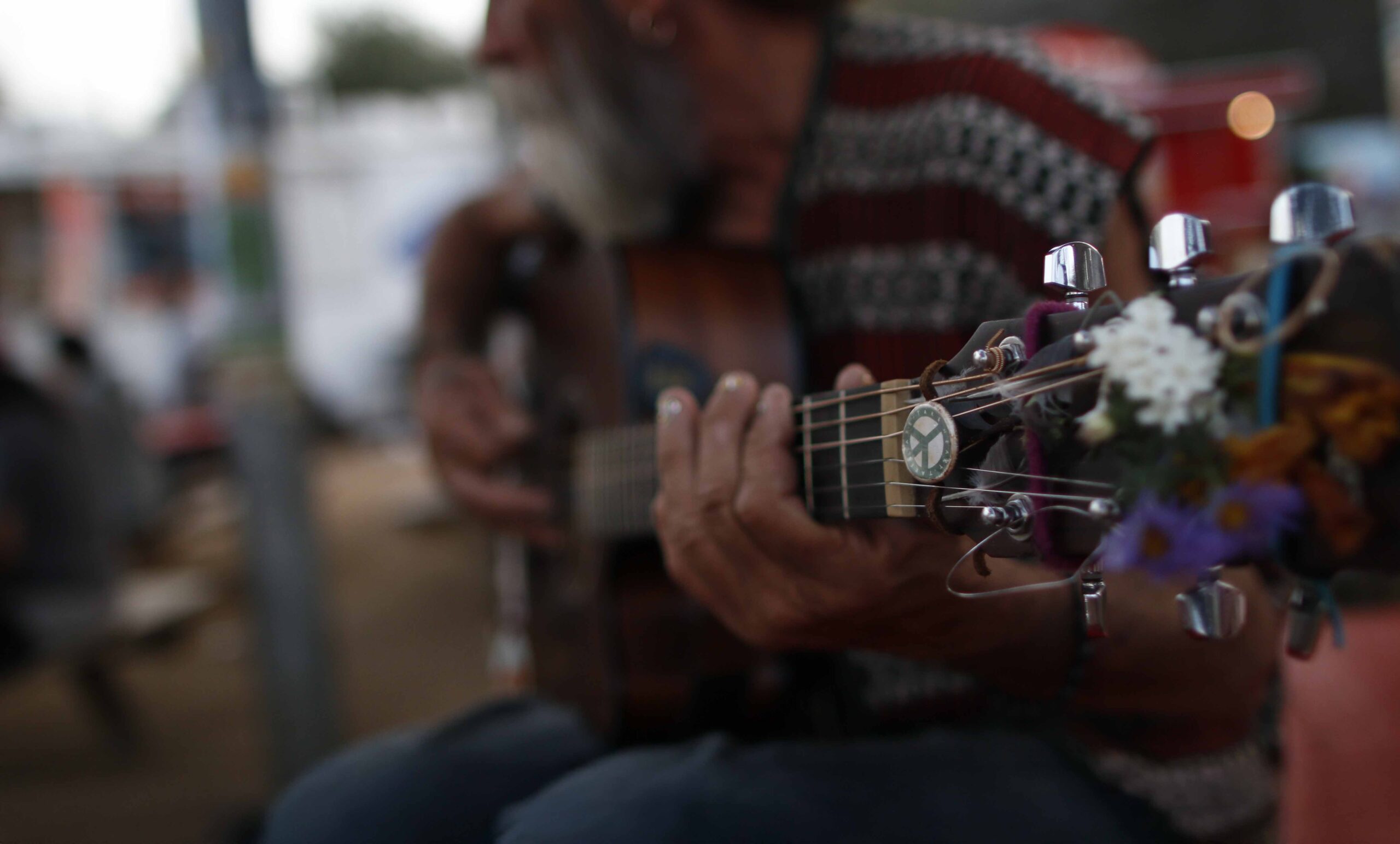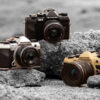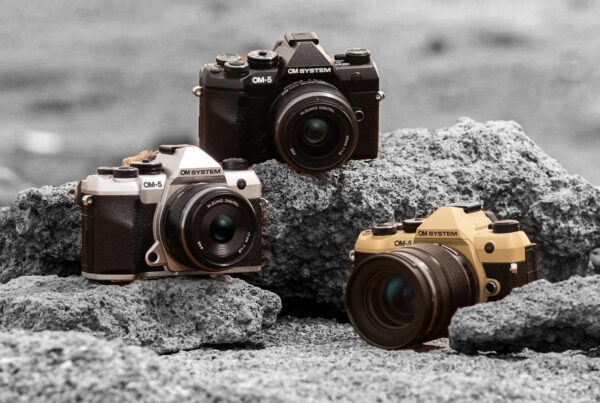Mastering Manual Mode with the Exposure Triangle
Mastering manual mode is one of the most powerful options on a camera, but it can be difficult to use effectively. This guide will set you on the right path to mastering manual. The key to manual is understanding the balance between aperture, shutter speed, and ISO. On a basic level, aperture controls depth of field, with low f-numbers being used for shallow focus, and higher f-numbers allowing for greater focus. Shutter speed is essential for determining how motion is shot, with fast speeds to freeze objects in action, and slower ones for capturing movement. ISO is linked to the sensitivity of the sensor to the light, so low ISO values allow for high quality pictures, whereas higher values allow lower light but cause noisier photos.
Practical Tip: Test each function in isolation to assess what effects each one has on the resulted image. After that, try different combinations to understand how they influence one another.
Shoot More in Manual Mode
Practice makes perfect. It is vital that you take photographs in different lighting conditions. Specifically, taking pictures in sunny weather, in the shadows, indoors, at night, and in different contrast is usually the best for practicing in manual mode.
Practical Tip: Try doing shootings in this mode each day or each week, with the frequency depending on the personal free time.
Read the Camera’s Light Meter
No need to play guessing games. The in-camera exposure meter is the best judge at how an image will turn out. Play with the settings until you find what you are looking for.
Practical Tip: Experiment with exposure compensation in tricky lighting. Bracket your exposures by taking one at the meter’s recommendation, then one slightly underexposed and one slightly overexposed.
Analyze Your Results
Critically review your images to identify what worked and what didn’t. Examine the histogram to check exposure and look for blown highlights or crushed shadows. Consider how your chosen settings impacted the final image.
Practical Tip: Use your camera’s highlight alert feature to spot overexposed areas. Make a note of which settings to adjust next time in a similar scenario.
Study Other Photographers’ Work
Analyze images you admire and try to deconstruct how they were shot. Most online platforms allow you to view the EXIF data, which discloses the camera settings used. Try to shoot these images yourself.
Practical Tip: Join a photography forum or social media group where you can ask questions and learn from other, more experienced photographers.
Embrace Creative Experimentation
Mastering manual mode gives you full creative control over your images. These are some daring experiments to try:
- Don’t be afraid to break the rules. Try unconventional settings such as deliberately underexposing or overexposing for a creative look.
- Use slow shutter speed to create motion blur.
- Shoot at wide apertures for a dreamy, shallow focus.
Practical Tip: Set yourself creative challenges, like shooting a portrait at f/1.8 or capturing light trails at night. Constraints breed creativity.
Participate in Photography Projects
Signing up for a photo project will give you motivation to shoot in manual mode regularly. There are many photo projects to consider such as a themed photo every day, and themed photo every week, and 365 project:
Practical Tip: Find an accountability partner or a group of photographers doing the same project. Community support will keep you inspired.
Teach Others
The best way to learn something is to teach it to others. Volunteer to conduct a workshop for beginners or help your friend who is just starting out. Explaining things will help you highlight concepts you are not completely sure of, and involvement will make you better at the basics.
Practical tip: write a blog post or make a video tutorial on how to shoot in manual mode. As you will be creating an educational piece of content, you will also be getting a deeper understanding of the subject.
Continuously Learn and Develop
Remember that there is no reverse gear in mastering manual mode shooting. To become better, you will need to read specialized books, attend workshops and courses, and experiment with new techniques. Always stay curious and open-minded.
Practical tip: attend a photography conference or take part in a workshop on shooting in manual mode in your area or even go to the location for it. Immersing yourself in the topic will help you get better at it.
Applying these methods and pieces of advice and working hard with them will get you closer to more advanced skills in shooting in manual mode. It is crucial, however, to understand that not even the best Internet manuals or instructors can help you actually master something: only with time, willful practice, and an ability to learn from mistakes can you do that. So relax and enjoy one of the greatest opportunities to fully control your photography.









